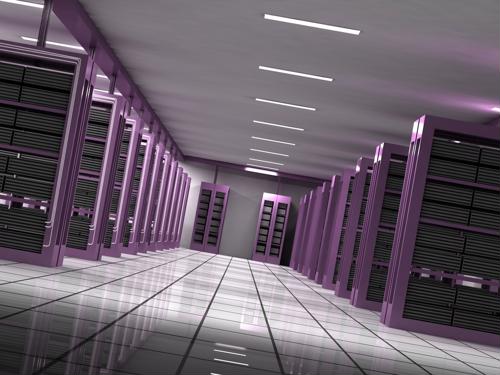
Companies continue to upgrade liquid cooling to reduce water use
By Max BurkhalterNovember 16, 2015
Cooling woes are a common problem amongst data center operators, and for good reason. According to the latest TechNavio market analysis, cooling solutions represent 40 percent of a facility's monthly electricity consumption. As a result, the market for cooling technology is expected to increase by a CAGR of 6.67 percent from 2014-2019 as IT decision-makers make targeted cooling upgrades. Companies will also be willing to adopt new and innovative technologies if these solutions promise significant improvements to the cooling process.
One solution that continues to benefit from a greater openness to non-traditional architectures and cooling strategies is liquid cooling. This method utilizes water or mineral oil to carry heat away from data center components. In the past, widespread deployment of liquid cooling solutions was limited by fears associated with operating data center hardware in close proximity to or completely immersed in a liquid.
Additionally, concerns regarding water consumption have made adoption seem unrealistic for facilities in drought-vulnerable locales. However, the outstanding demand for a smarter approach to cooling has quelled these fears, paving the way for a new generation of liquid-cooled data centers.
"Companies can succeed with partial immersion by determining where water and energy savings align."
New players continue to innovate immersion cooling
Immersion limits water waste over other types of liquid solutions because submerging data center hardware requires the set-up to use a closed loop. The same volume of water is used over and over to collect and disperse heat, limiting how often IT experts are forced to top off the system with more water. New refinements to the emerging immersion strategy reflects the market's growing ease with the idea of mixing liquids and hardware.
According to Data Center Knowledge, some facilities have begun to store data center hardware in room temperature water. As the temperature of these components peaks with extended use, the water evaporates, and the phase change between liquid and gaseous states displaces large amounts of heat. Once the heat is released and vapor molecules cool off, the gaseous water returns to a liquid form and the process begins anew.
Other facilities are limiting water waste by leveraging immersion cooling around certain, high-risk components. For instance, some IT experts use submersion to isolate CPUs, then use more traditional air-flow strategies to cool the rest of the center without using extra water. Companies can perfect this mix-and-match approach by simulating multiple partial-submersion configurations and determining where water savings and overall efficiency peak together.
Seawater cooling ideal for facilities along the coast
Another alternative liquid cooling strategy that limits the consumption of the local water supply is the use of seawater. Naturally chilled and far more abundant than available fresh water, seawater cooling is a progressive strategy that holds great rewards for any company that can successfully deploy it.
According to EnterpriseTech, one company has already devised a way to make seawater cooling more practical. By setting up data centers on sea-worthy barges, typically retired construction and military ships, start up company Nautilus has offered the industry a new way to think about water usage in data center cooling. Though convincing the C-suite to set up enterprise data centers on floating facilities may start as an uphill battle, this type of out-of-the-box approach to use water in the data center more efficiently may soon become the status quo.

Immersion cooling is still growing but has a bright future.
Greater scrutiny may be on the horizon
One ongoing factor that could ramp up the adoption of new cooling technology is greater legislative pressures on businesses to drive down water consumption. One fine example of this potential for increased scrutiny is the state of California, according to The Wall Street Journal. Currently, over 800 data centers are operating in the Golden State. Collectively, these facilities consume a volume of water large enough to fill 158,000 Olympic swimming pools each year.
If these mind-boggling consumption numbers aren't enough to convince data center operators that managing cooling-related water consumption is a priority, recently passed legislation may push them past the tipping point. California Gov. Jerry Brown has ordered cities across the state to reduce water consumption by 25 percent. Currently, businesses have remained unaffected by these changes to the state's legislation. However, continuing drought trends suggest that it's only a matter of time before similar expectations are extended to include data centers.
With the potential for stricter standards hovering around the corner, it makes sense for prudent IT experts to begin future proofing the company's liquid cooling strategy. For example, investing in a robust remote console server would make it possible to centralize liquid cooling efforts at a single location by making it easy to access and control submerged architecture from outside the data center. This forward-thinking approach is sure to save facilities large sums of resources compared to a rush-job to meet compliance somewhere down the road.
Perle's wide range of 1 to 48 port Perle Console Servers provide data center managers and network administrators with secure remote management of any device with a serial console port. Plus, they are the only truly fault tolerant Console Servers on the market with the advanced security functionality needed to easily perform secure remote data center management and out-of-band management of IT assets from anywhere in the world.



